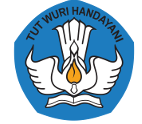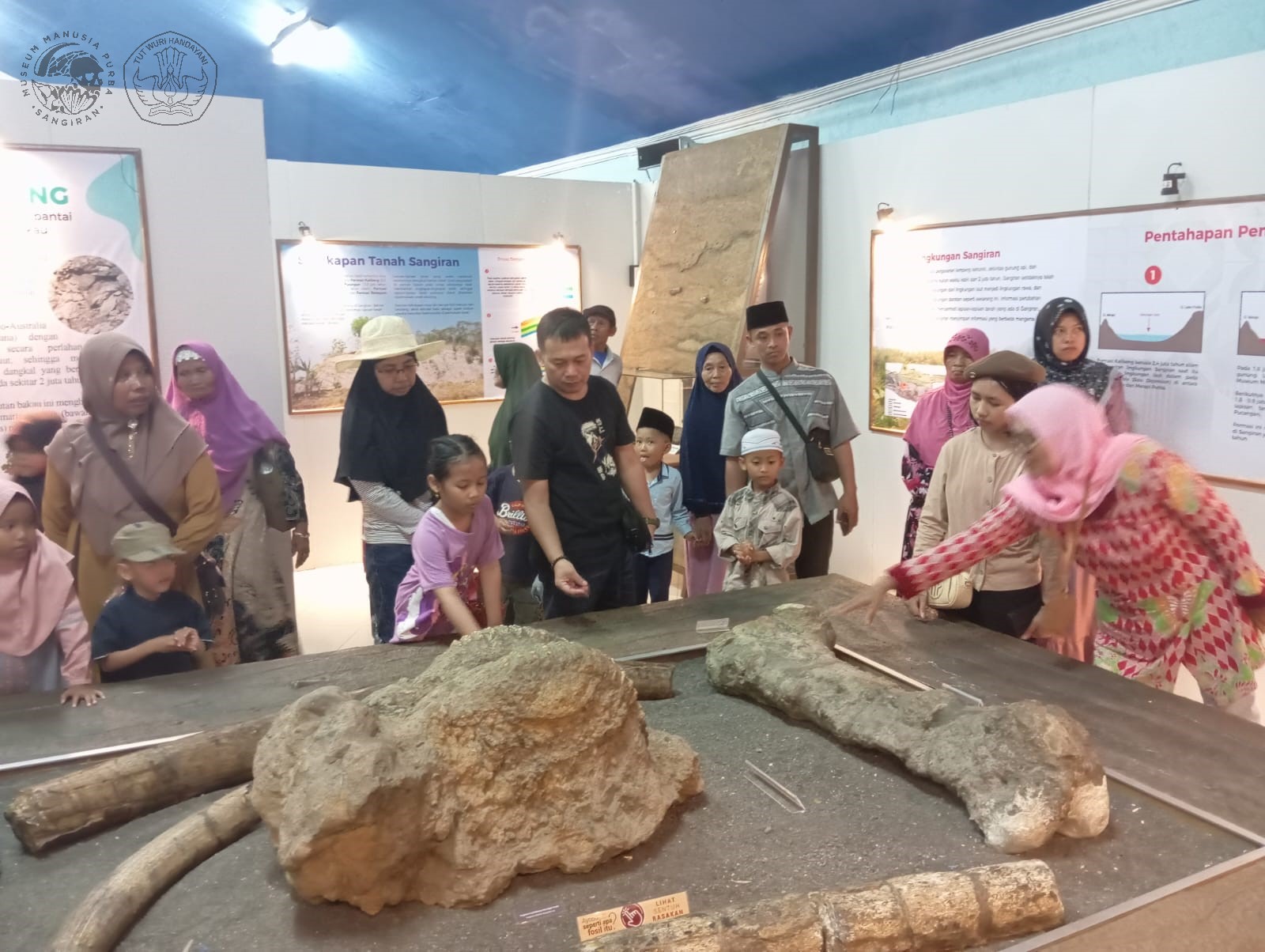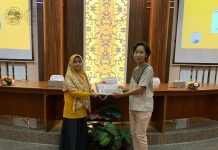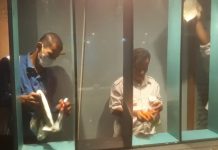The first meet of Von Koenigswald and de Chardin happened on 1936. At that time, de Chardin joined on expedition Yale-Cambridge in Italy, under the head Helmut de Terra. In that series, he has a chance to visit Von Koenigswald in Java. On 5-14 January, both of them visited the location of the discovery of the Pacitan stone tool, before they stay in Sangiran. De Chardin first visit in Java gave him a chance to see stone tool founded by von Koenigswald: Sangiran flake and Pacitan marker tool.
Against Von Koenigswald’s claim about the maker of Pacitan stone tool, de Chardin had warned Von Koenigswald “You need stratigraphy evidence to your Chellean!”, scientist want to know the facts, more than just your personal interpretation”.
Chellean or Acheulean is a called for hand-held ax culture or Paleolithic marker found in France. De Chardin’s warn appeared because Pacitan stone tool found in sediment river terrace. Therefore, the association of artifacts with Homo erectus in his opinion is questionable.
Besides giving advice, de Chardin realizes right the potention saves in Java. So, he does not hesitate to send recommendation letter to Dr. J. Merriam, President of Carneige Institution, and Dr. W. Granger from American Museum of Natural History, urging support for Von Koenigswald who is having trouble funding. This recommendation strenghened the letter of application sent to Merriam before.
On 1937, with Helmut de Terra, de Chardin planned a research expedition to Burma and Java, to make comparison stone tool in Southeast Asian and beyond. That expedition, he joined the expedition for 5 months, well known as Harvard-Carneige expedition to Burma, or The Joint American Southeast Asiatic Expedition. At that time too, with Helmut de Terra, he taking time to visit Von Koenigswald in Java, on 1938. See the result of Von Koenigswald’s research, de Chardin argue that Pacitan stone tool and Sangiran flake didn’t have similarity with stone tool found in Zhoukoudian. Source: Museum of Early Human Cluster Ngebung.
Translate by Mutiara Solikhah




